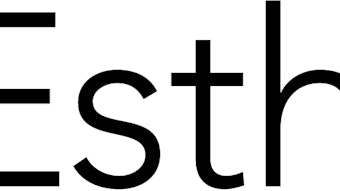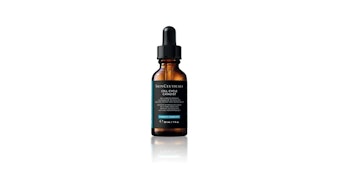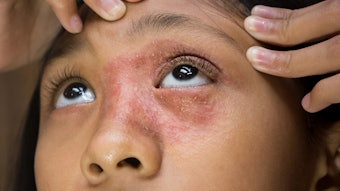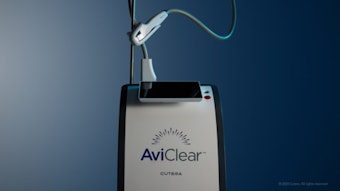
A study published in the the Journal of Clinical and Aesthetic Dermatology (December 2020) suggests that intradermal botulinum toxin type A (BoNTA) injections are an effective treatment option for recalcitrant localized pruritus.
Khaled Gharib, MD, Asmaa Mostafa, MSc, and Ayman Elsayed, MD, treated 32 patients (12 with lichen simplex chronicus [LSC], four with inverse psoriasis, four with post-burning itch, four with lichen planus, four with hypertrophic lichen planus and four with post-herpetic neuralgia) with BoNTA. They diluted the each vial of the toxin with 2 mL to 3 mL of unpreserved saline for a final concentration of 2 to 2.5 U/0.1 cc.
The BoNTA was injected into the dermis over the area of lesion, creating a wheal 0.2 to 0.4 cm in diameter. Total dosages ranged from 50 to 100 U, depending on the extent and severity of the affected area.
To assess outcomes, two blinded dermatologists evaluated photographs taken at baseline and four weeks after injection. In addition, the researchers reviewed Eczema Area and Severity Index (EASI) scores in LSC, Psoriasis Area and Severity Index (PASI) scores in inverse psoriasis and visual analog scale (VAS) scores before and after treatment in all patients.
There were statistically significant reductions in EASI score, PASI score and VAS in all the studied cases. Mean duration of effect was highest among LSC, burn and HLP cases.
Complications with LSC included dryness (83.3%), and with inverse psoriasis pain during injection (50% tolerable, 50% severe). With burns, HL and PHN, the most frequent complication was pain during injection (75%) in all. Regarding recurrence, 33.3 percent of LSC cases, 25 percent of inverse psoriasis cases, 75 percent of burns cases, 50 percent of LP and HLP cases and 25 percent of PHN cases had recurrence after three months.
The authors noted that due to the limited number of studies published, there is still insufficient evidence to make a conclusion about the effectiveness of BoNTA in the treatment of localized chronic pruritus. Limitations included a lack of randomized, controlled trials, the small sample sizes in each study, the wide variety of outcome measures and the role of placebo effect.
“Given these limitations, it is too early to recommend the regular use of BoNTA in the treatment of chronic localized pruritus; however, based on the results of the present data, we suggest intradermal BoNTA injection as an effective option for the clinician in cases of recalcitrant localized pruritus,” they wrote.
Read the full paper here.











